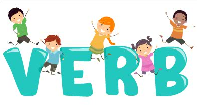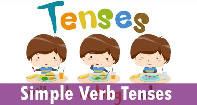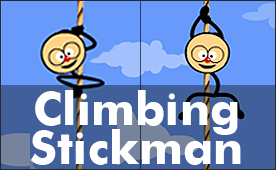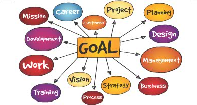Change Avatar
Helping Verbs
What ia a Helping Verbs?
Also known as Auxiliary Verbs, HELPING VERBS are forms of “to be” along with a few others that help us to describe the action of a verb so the reader or listener can understand or interpret when the action happened, whether in the past, present, or future.
Sentences are most often formed using a
helping verb + an action verb with an -ing ending
For example:
• am walking
• was running
• are talking
But sometimes there are exceptions depending on the helping verb and the verb forms:
• I should call before I go.
• You did not run before practice.
• We could talk for hours.
What are common helping Verbs?
Here are the most common helping verbs in the English language broken down by the order most often memorized by students based on their infinitives or form.
| am | have | do | shall | may | can |
| is | has | does | should | might | could |
| are | had | did | will | must | |
| was | (having) | (doing) | would | ||
| were | |||||
| be | |||||
| being | |||||
| been |
If there is another verb adding meaning to the main action verb, chances are it’s a helping verb!
What are some exapmles?
Let’s look at a few examples:
ORANGE = helping verb
BLUE = main verb
• I am going to the store.
• She is talking on the phone.
• We are planning to go in the morning.
• He was tired after the fair.
• We were singing our favorite song.
• You were trying to help.
• We should be able to go.
• I might stay home.
HINT: If you can’t take the word out of the sentence without it sounding silly, it’s probably a helping verb!










